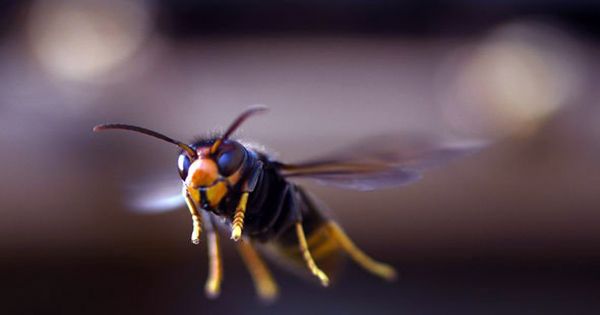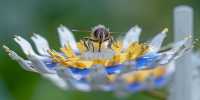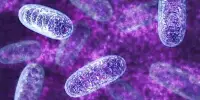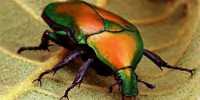Researchers have found the first “murder horn” home in the United States and provided a glimpse of what’s inside. During the home scattering, the team found 500 hornets at various stages of development, including about 200 queens. This is especially worrying since each of these queens is likely to make a new home.
To better understand the problem, researchers at the Washington State Department of Agriculture (WSDA) studied closely the honeycomb they were able to detect on October 29th. They also found more than 100 clogged capped cells, with more queen pupae, bringing the total number of queens in the hive below 200. Inside, they discovered about 495 live specimens, including 6 raw eggs, 190 larvae, 112 crew, 9 drones, and 76 live queens.
This year, there have been several reports of invasive species in Washington State, raising fears that invaders could reduce the number of bees and other native bees. Officially known as the Asian Giant Hornets Vespa mandarinia, the so-called murderous hornets are invasive insects and not native to America.
“It really looks like we got there just in time,” said Sven-Erik Spichiger, an ecologist who led the fight to kill the Hornets for the WSDA at a news conference. Rather worryingly, there will probably be all-new virgin queens except for one of these queens, who will nest, mate, hibernate and reproduce in the spring.
“Only a small percentage of these queens will make colonies next year, if they were given a chance to escape,” he added. “Even a relatively small home, capable of pumping 200 queens, it gives one a break. Definitely, each of these queens could make a home next year.
Measuring about 5 centimeters (2 inches) tall, the Asian giant hornets are the largest species of hornets, with an orange-flavored head and a lime-striped belly. The species is native to the forests and low mountains of East and Southeast Asia. These are known to be a significant beekeeper of the hive and perishable of the whole bee. “Hornets enter a slaughter stage ’where they snatch and kill bees. They then take brood to feed their own babies and save the chickens as their own,” according to the WSDA.
They can also create risks for people. The venom of the species contains a powerful neurotoxin that can pack an average punch, often causing a large, grooved, and painful sting. Even if you don’t have allergies, multiple stings can kill a person. It is estimated that about 30 to 50 people are killed each year in Japan, with most victims dying from anaphylaxis, sudden heart attacks, or multiple organ failure.













